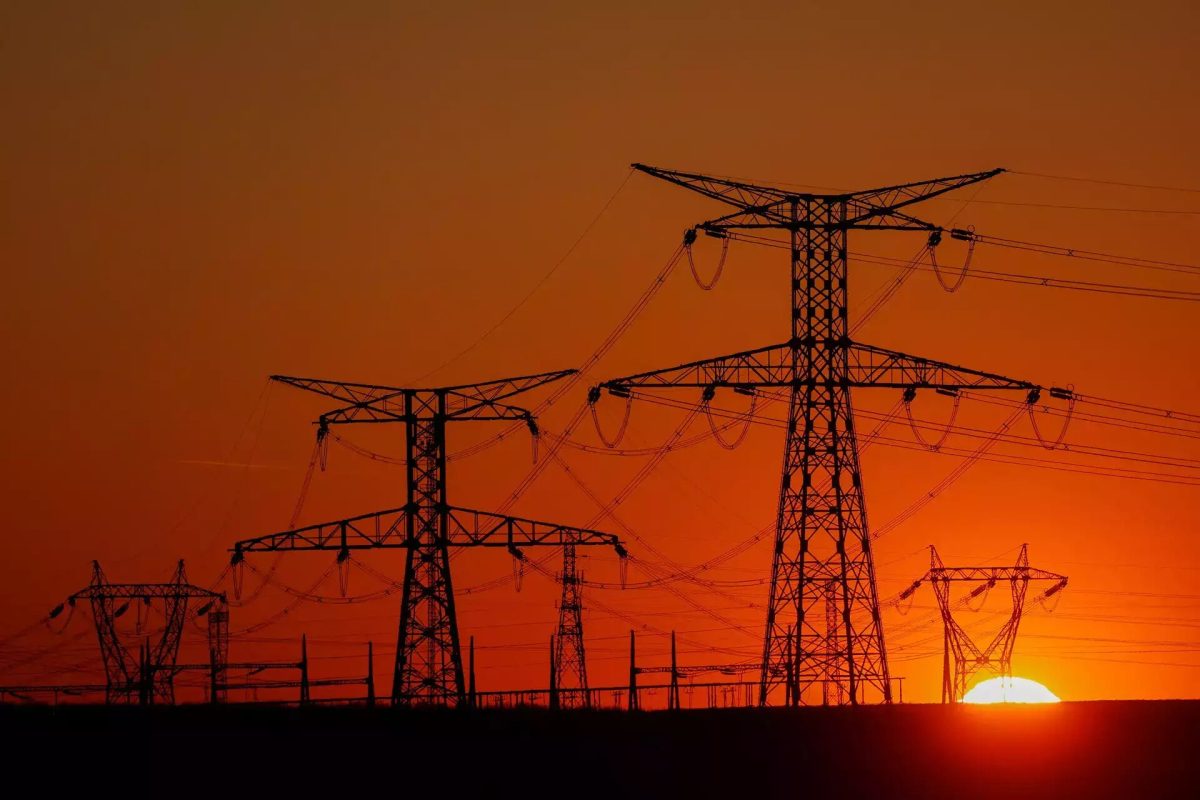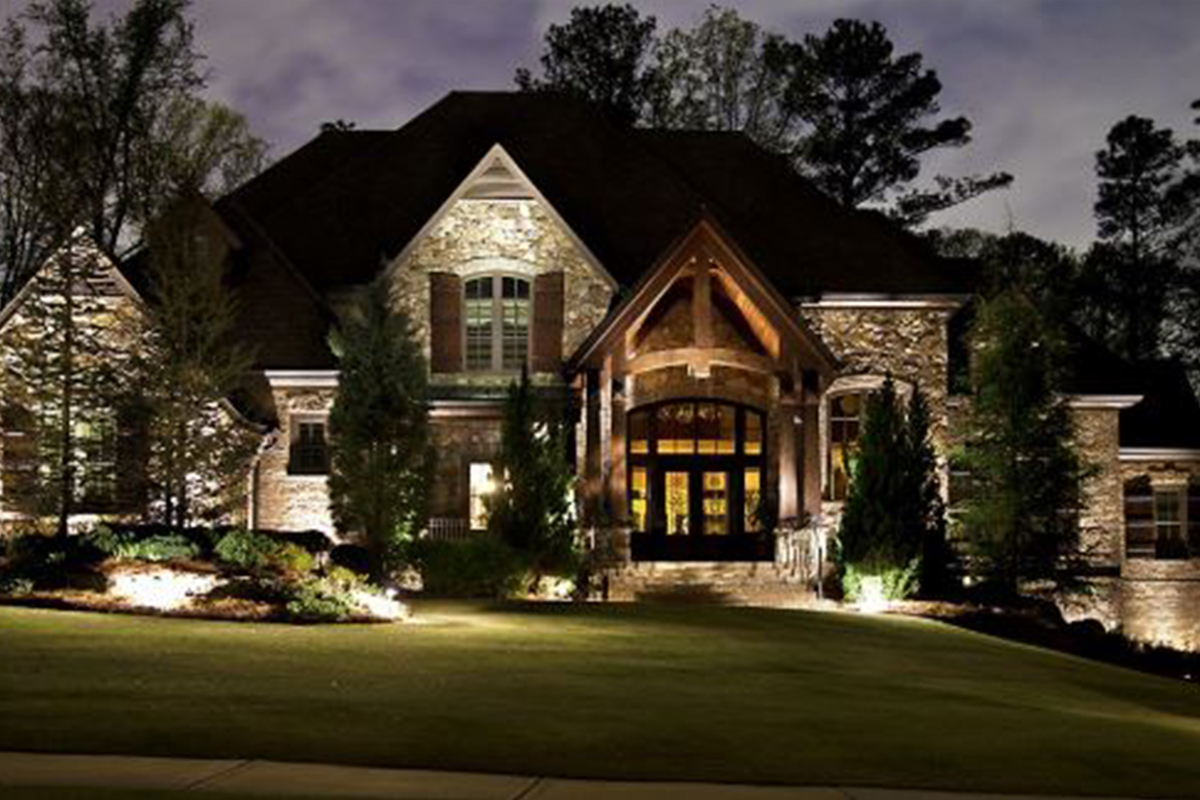If you are in the market to buy a whole home generator, there are several topics to consider. The Experts at Lucci Electric can and will walk you through these, but here are some questions to help you make the right choice.
- What are your power needs?
Is it important to support the whole home including heating, cooling, water, lights, kitchen and laundry appliances. Or can you do without washing and drying your clothes for a few days?
The answer to this question will determine the wattage required for your generator to support.
- Do you want your generator to work automatically or are you home and available to set it up if power goes out?
Keep in mind, that if you are away often, an automatic will protect your home. - What are your available fuel options?
Natural gas is a great alternative for automatic whole home generators, but many areas don’t have natural gas.
Propane is also excellent and might already be fueling other things at your home (i.e. outdoor cooking, pool) - What is your budget?
Portable generators are less expensive upfront but less convenient and generally can only handle limited power in your home.
Many generator companies offer financing to help pay overtime.
Also, you might qualify for a homeowner insurance discount with an automatic whole home generator.
Call Lucci Electric today and find out what is the best solution to meet your needs and keep your power running as we head into storm season.




